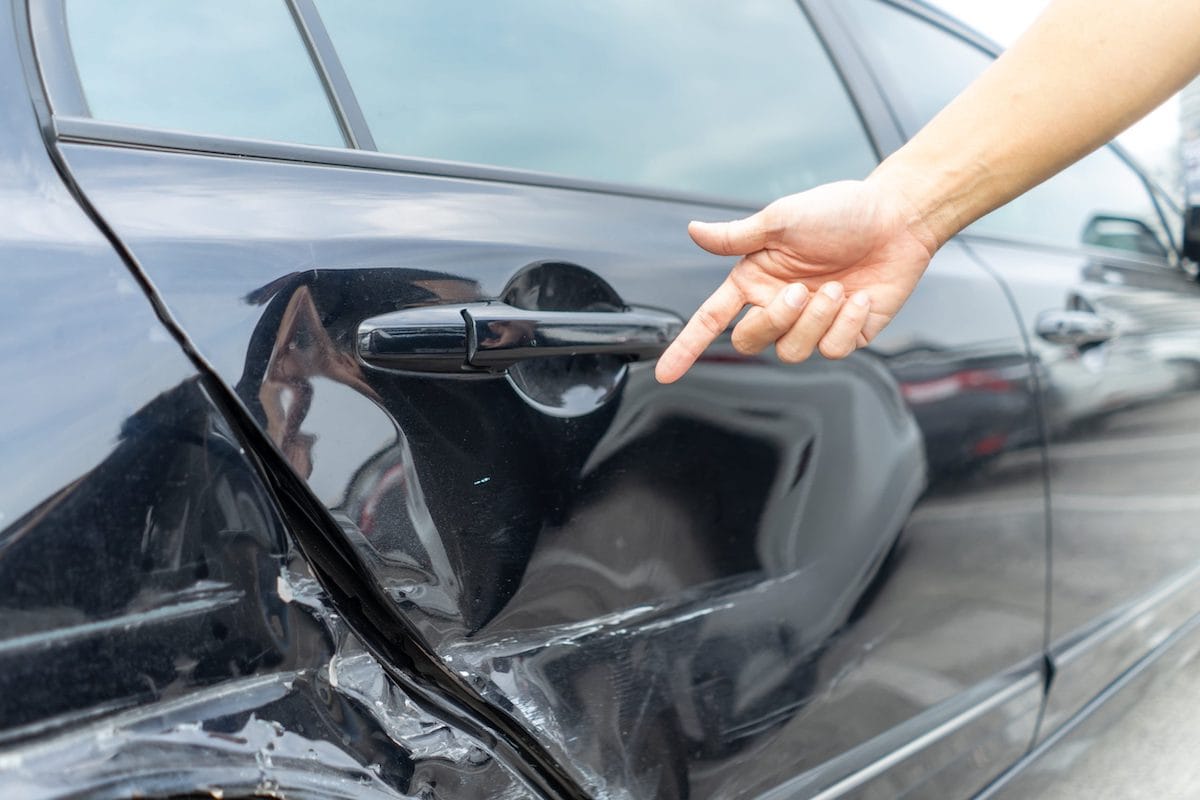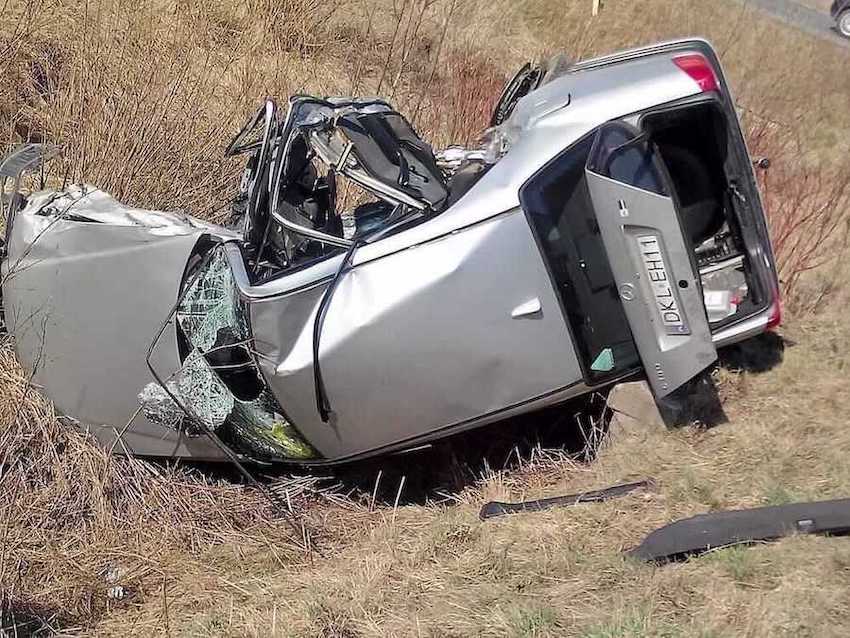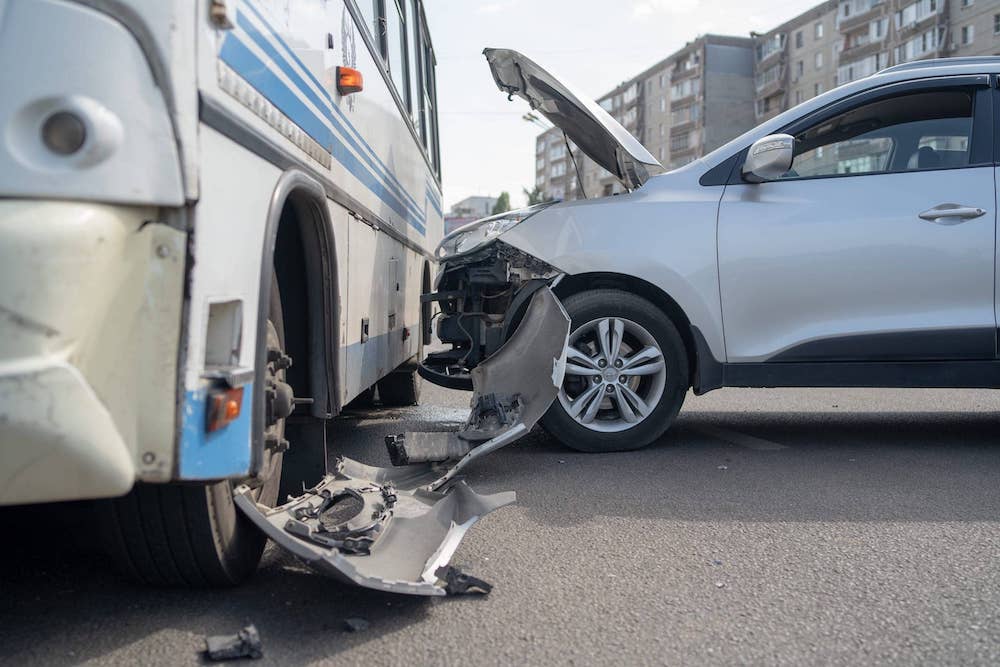Navigating Side-Impact Collision Claims with Experienced Attorneys
Navigating the complex terrain of personal injury claims stemming from side-impact car crashes is not easy, but our trusted car accident lawyer in Nashville are here to help. As personal injury lawyers, we understand that the repercussions of these collisions can be both physically and emotionally taxing. As such, we are able to shed light on the unique challenges and legal considerations that arise when pursuing compensation after a t bone accident. From deciphering liability to determining the extent of your damages, an experienced personal injury attorney from Meyers Injury Law is able to provide valuable insights and guidance to help you protect your rights and seek justice in the aftermath of such accidents.

Why do Side Impact Collisions Occur?
Side impact collisions, often referred to as a broadside or t bone accident, occur for a variety of reasons, usually involving the failure of one or more drivers to obey traffic laws or exercise caution. Knowing why your t bone collision happened is essential to establish liability. And get fair compensation.
Here are some common causes of side impact collisions:
Running a Red Light or Stop Sign: One of the most common causes of side impact collisions is when a driver disregards traffic lights or stop signs, entering an intersection when they should have yielded the right of way to cross traffic.
Failure to Yield: Negligent drivers may fail to yield the right of way to the other car when required to do so, such as at intersections, roundabouts, or when merging onto a highway, leading to side impact accidents.
Distracted Driving: Distractions like texting, talking on the phone, or adjusting the radio can divert a driver’s attention away from the road and traffic signals, increasing the risk of running into another vehicle at an intersection.
Speeding: Excessive speed reduces a driver’s ability to react to changing traffic conditions. Speeding drivers may be unable to stop or yield in time to avoid a t bone crash.
Impaired Driving: Driving under the influence of alcohol or drugs can impair a driver’s judgment and reaction time, making them more likely to disregard traffic signals or fail to yield, leading to side impact accidents. The police report will tell you if the other driver was intoxicated.
Reckless Driving: Aggressive behaviors like tailgating, weaving in and out of traffic, and road rage can increase the likelihood of side impact collisions, especially in congested traffic.
Failing to Check Blind Spots: Drivers may fail to check their blind spots before changing lanes or making a turn, resulting in side impact collisions with the other vehicle they didn’t see.
Adverse Weather Conditions: Rain, snow, ice, or fog can reduce visibility and make it difficult to stop or yield at intersections, contributing to t bone collisions.
Vehicle Defects: As you gather evidence, it is crucial to consider mechanical failures, such as brake or steering system malfunctions. These can lead to drivers losing control of their vehicles, potentially causing side impact crashes.
Inexperienced or Inattentive Drivers: Novice drivers or those who are not paying full attention to the road may make critical errors at intersections, leading to a broadside collision.
Pedestrian and Cyclist Interactions: Side impact collisions can also occur when drivers fail to yield the right of way to pedestrians or cyclists at intersections or crosswalks. In an accident involving a cyclist or walker, injuries and even fatalities can happen.
Understanding the causes of a t bone accident is essential for both determining liability in the event of a personal injury lawsuit and your ability to seek damages. It’s crucial for all drivers to exercise caution, obey traffic laws, and remain attentive while operating a vehicle to minimize the risk of these often severe and dangerous accidents, but when a driver fails to do these- they can and should be held responsible.
What Series Injuries Can Result From This Type of Car Crash?
Side impact car crashes can result in a range of serious injuries due to the vulnerability of the vehicle occupants in the impacted side. These injuries can vary in severity depending on factors such as the speed of the collision, the angle of impact of other vehicles, and the use of safety restraints.
Common serious injuries that can result from a side impact crash include:
Whiplash: While commonly associated with rear-end collisions, whiplash can also occur in side-impact accidents, particularly when the head is forcefully jolted to the side. It can lead to neck pain, headaches, and long-term discomfort.
Traumatic Brain Injuries (TBI): The sudden lateral movement of the head in a side impact collision can result in traumatic brain and head injuries, which can range from concussions to more severe injuries with cognitive, sensory, or motor impairments.
Spinal Injuries: Side-impact collisions can cause spinal injuries, including herniated discs, vertebral fractures, and spinal cord injuries. Severe spinal injuries can result in paralysis or long-term disability. An experienced attorney will consider the long-term effects of such an injury when calculating a fair settlement.
Rib and Chest Injuries: The impact can lead to fractured ribs, chest contusions, and internal injuries, such as damage to the heart, lungs, or other organs.

Pelvic Fractures: The lower body is particularly vulnerable in side-impact accidents, and pelvic fractures are not uncommon. These fractures can be painful and may require surgical intervention.
Fractures: Fractures of the arms, legs, or facial bones can occur when the side of the vehicle is impacted. The severity and location of the fractures can vary widely.
Internal Organ Damage: The force of a side impact collision and broken glass can lead to damage to internal organs, such as the spleen, liver, or kidneys, which may require surgical intervention.
Soft Tissue Injuries: Soft tissue injuries like strains, sprains, and contusions can result from the sudden jerking motion during a side-impact collision, leading to pain and reduced mobility.
Psychological Trauma: Being involved in a serious car crash can lead to psychological trauma, including post-traumatic stress disorder (PTSD), anxiety, depression, and other mental health issues. For this reason, it’s important to consider non economic damages.
Internal Bleeding: You can’t always see car accident injuries. High-impact side impact collisions can cause internal bleeding, which may not be immediately apparent but can be life-threatening if left untreated.
It’s important to seek medical attention from these common injuries after a side impact car crash, even if injuries are not immediately obvious. Your legal representation will tell you that some injuries may have delayed symptoms. As well, it will be much harder for injured individuals to collect compensation from the other party if they didn’t get medical treatment.
If you or a loved one has been injured in a side impact car crash due to someone else’s negligence, consult with a Nashville personal injury attorney after your medical evaluation. An accident lawyer can help you protect your rights and seek compensation for medical expenses, lost wages, physical therapy, vehicle damage, and other damages resulting from the accident. Meyers Injury Law offers a free case evaluation to accident victims in your situation.
Understanding Modified Comparative Fault
In Tennessee, you can file a car accident claim even if you are partially at fault for the t bone collision. Tennessee follows a modified comparative fault system, specifically known as the “51% rule.”
Under this rule:
- You can pursue a personal injury claim and seek compensation as long as you are found to be less than 51% at fault for the accident.
- If you are found to be 51% or more at fault for the accident, you are generally barred from recovering any compensation from other at-fault parties.
- If you are less than 51% at fault, your compensation will be reduced in proportion to your degree of fault. For example, if you are found to be 20% at fault, your total compensation will be reduced by 20%.
It’s important to note that the determination of fault is often a complex process and may require investigation, evidence collection, and legal analysis. Insurance companies and courts will consider factors such as accident reports, witness statements, traffic laws, and other evidence when determining fault. That is why you need an attorney for your personal injury case; you don’t want to fight this on your own.
If you believe you may be partially at fault for a car accident in Tennessee, it’s advisable to consult with a personal injury attorney. The team at Meyers Injury Law can help you understand the implications of shared fault, protect your rights, and work to ensure that you receive fair compensation for your injuries and damages, even if you share some degree of fault in the accident.

Side Impact Collision Accident Attorney
If you need a car accident attorney in Nashville, we encourage you to reach out to our team for a free consultation. We’ll go over what we can do for you and the next steps. The state of Tennessee allows accident victims to pursue three types of damages from the negligent party. A personal injury law firm like Meyers Injury Law does more than just provide legal expertise. We’re here to give you peace of mind.












